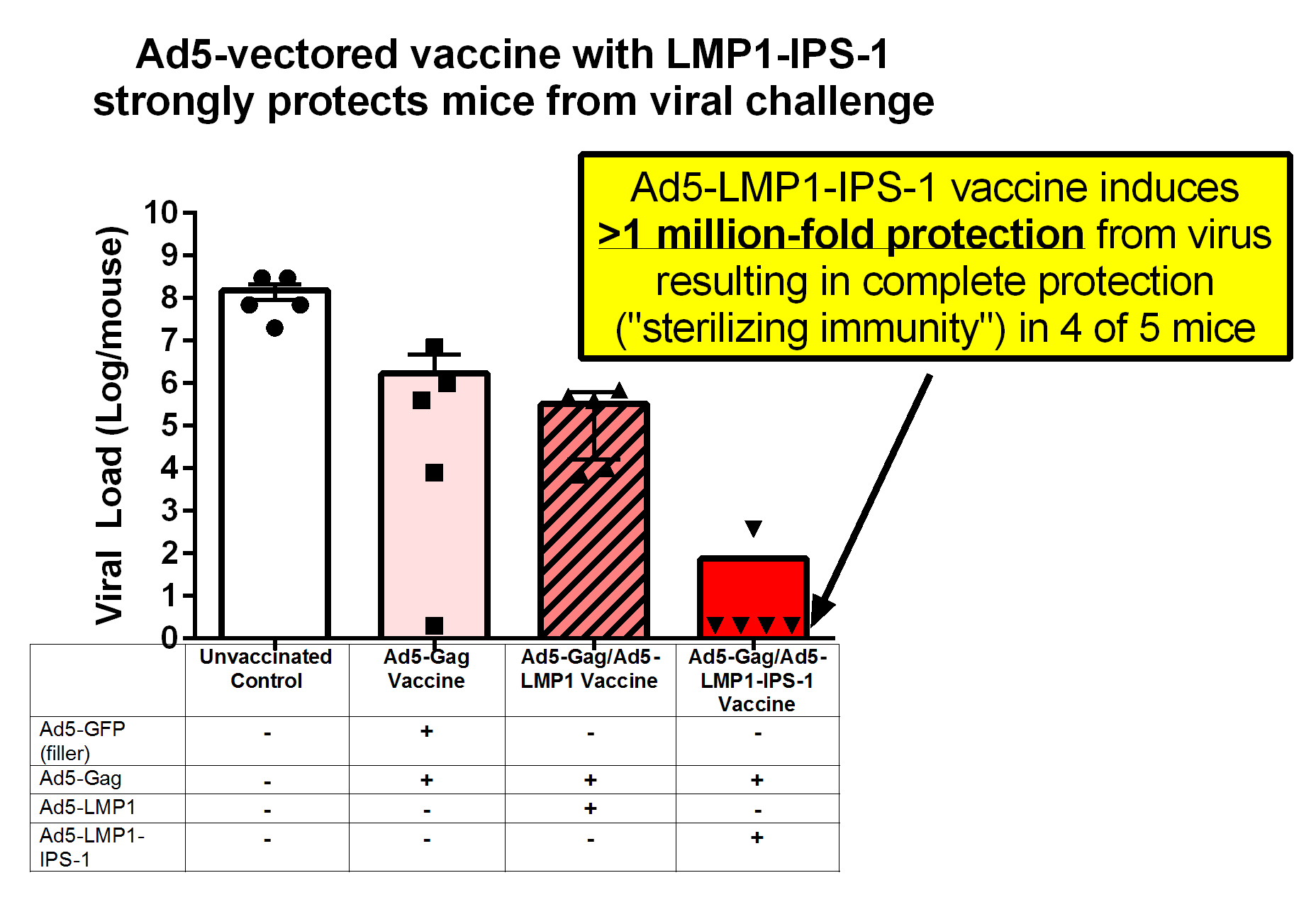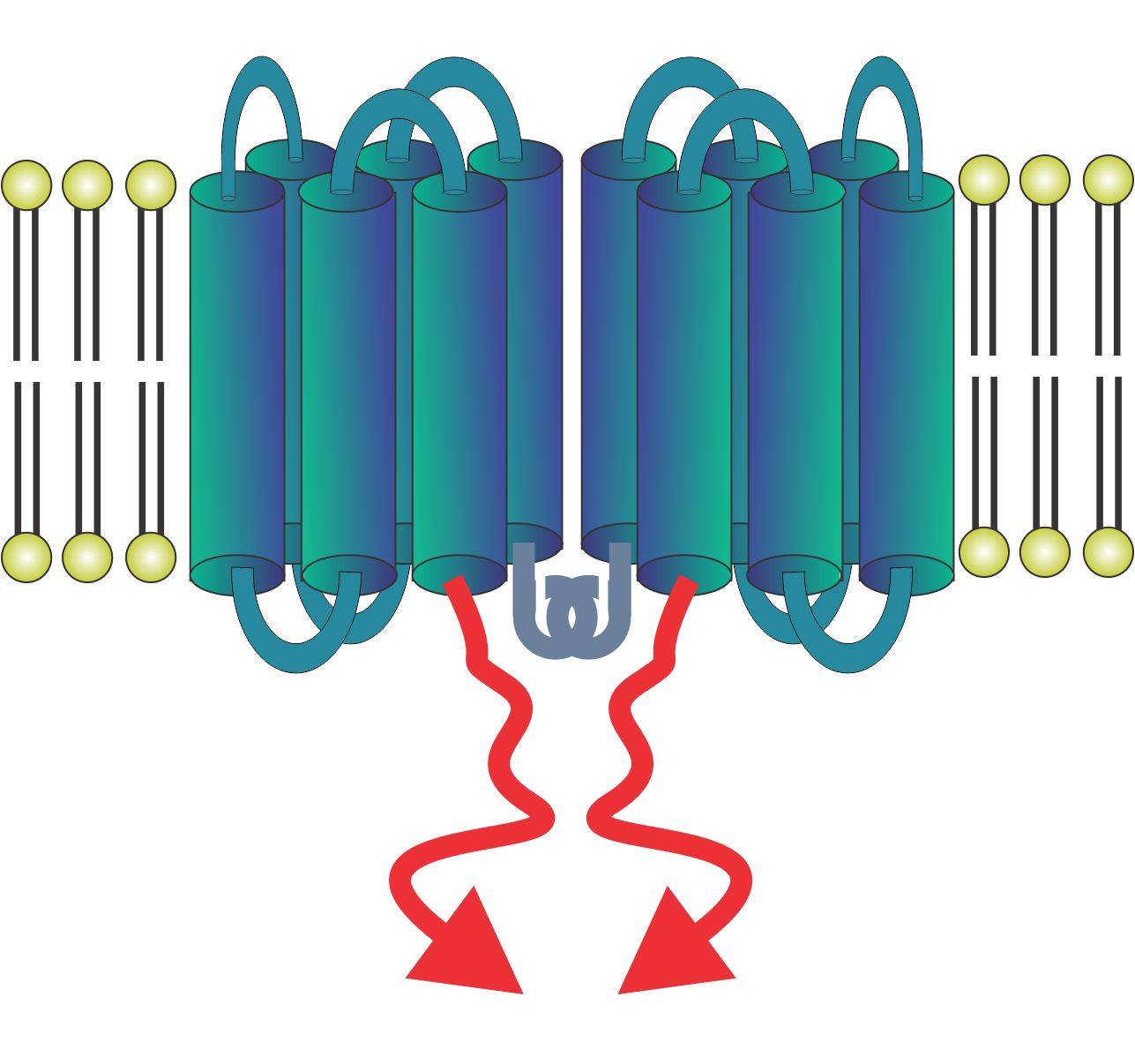LMP-IPS-1 - an alternative to small molecule STING Pathway Activators
The abnormal presence of nucleic acids in the cytoplasm of cells sets off an alarm that causes an immune response. The Stimulator for Interferon Genes or "STING" senses nucleic acid degradation products called cyclic dinculeotides (CDNs). The binding of these CDNs to STING leads to the phosphorylation and activation of IRF3 and the subsequent production of type I interferons. In a similar way, viral dsRNA activates RIG-I or MDA-5 which in turn activates IFN-β promoter stimulator (IPS-1, which is also called MAVS, VISA, or Cardif). IPS-1 activation results from aggregation onto the surface of mitochondrial membranes which then leads to IRF3 activation and downstream interferon production. For dendritic cells, the aggregation of IPS-1 also stimulates high-level IL-12 production and generates strong T cell responses.
Geoffrey Stone, PhD, a co-inventor of the LMP1 adjuvant concept, created a fusion protein between the N-terminal aggregating domain of LMP1 and IPS-1 (LMP1-IPS-1). Nucleic acids encoding this fusion protein can be delivered to cells either as mRNA or DNA or by viral vectors such as Adenovirus. LMP1-IPS-1 causes strong immune cell activation that is much like the CDN activators of the STING pathway currently being developed as cancer immunotherapy agents and vaccine adjuvants. An important difference is that small molecule CDN STING activators have their own delivery requirements whereas the nucleic acid sequence encoding LMP-IPS-1 can be administered using a variety of gene delivery methods and the time course of its expression can be regulated in a controllable manner.

As an example, mice were treated with an adenoviral vectored vaccine for the HIV Gag protein either without or with adenoviral vectored LMP-IPS-1. As shown, the mice treated with the LMP1-IPS-1-adjuvanted vaccine were far better protected from challenge by live Vacccinia-Gag virus and had a profound reduction in tissue viral load - >6 logs (i.e., > MILLION-FOLD PROTECTION from this virus). LMP-IPS-1 was also effective as part of a therapeutic vaccine for established B16F10 melanoma tumors in mice. (Data provided by Geoffrey W. Stone, Ph.D., University of Miami Miller School of Medicine.)
